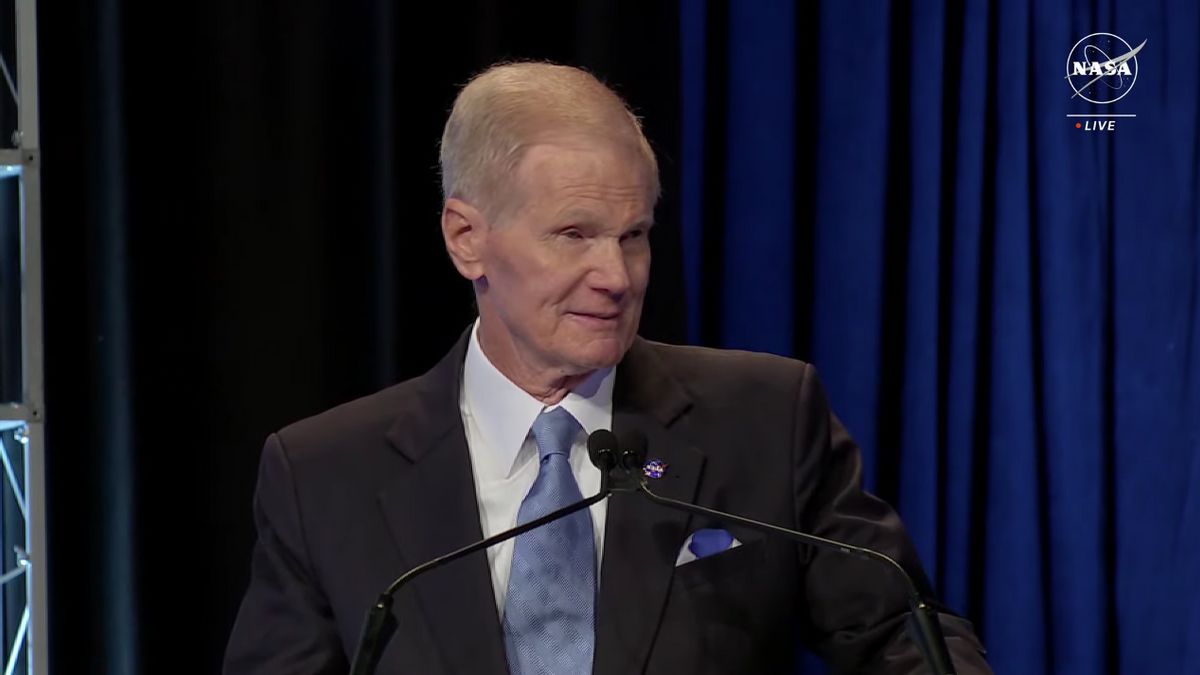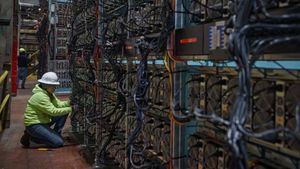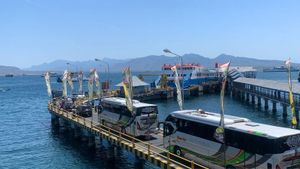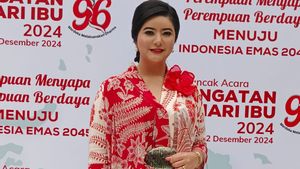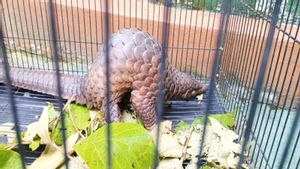JAKARTA – The United States Aeronautics and Space Administration (NASA) has finally announced the results of a study of samples from the asteroid Bennu. They stated the presence of clay minerals containing water and high carbon content in Bennu.
Through his official release, NASA Administrator Bill Nelson said that Bennu is the carbon-rich asteroid they have ever studied on Earth. They also welcomed this finding because humans are getting closer to proving the origins of life.
“Almost everything we do at NASA is an effort to answer questions about who we (humans) are and where we come from. "NASA missions like OSIRIS-REx will improve our understanding of asteroids that could threaten Earth," explained Nelson.
The research results that NASA is sharing are part of an early stage study. Therefore, they still have to carry out research to find out the various properties of other carbon compounds in Bennu.
SEE ALSO:
Through this research, NASA believes they are getting closer to understanding the formation of the solar system and the first life on Earth. OSIRIS-REx Principal Researcher Dante Lauretta also said, “We are getting closer to unraveling the mystery of our cosmic heritage (via Bennu).”
So far, NASA has researched Bennu at the Johnson Space Center, Houston for ten days. This research will continue to be carried out for the next two years by a science team that NASA has formed. This team will look for Bennu's character and carry out an in-depth analysis.
Of the 60 grams of sample they have, NASA will store 70 percent of the sample at Johnson. 70 percent of these samples were not only studied by NASA, but by several researchers from other space agencies such as the Japan Aerospace Exploration Agency (JAXA) and the Canadian Space Agency (CSA).
Meanwhile, the remaining 30 percent of the samples will be loaned to three museums, including the Smithsonian Institution, the Houston Space Center and the University of Arizona. Samples on loan this fall will be on public display.
The English, Chinese, Japanese, Arabic, and French versions are automatically generated by the AI. So there may still be inaccuracies in translating, please always see Indonesian as our main language. (system supported by DigitalSiber.id)
